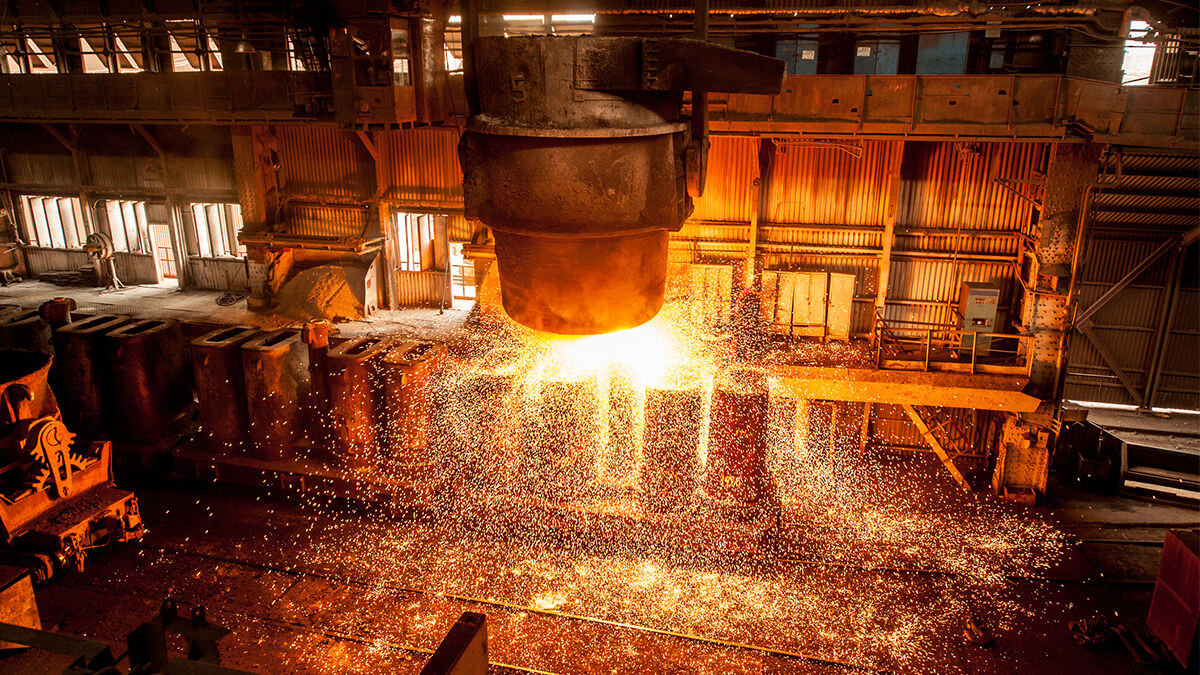Rotary broaches (also known as oscillating or hexagonal broaches) are one of the commonly used CNC tools in metal-cutting production. It is used to process polygonal parts and inner holes (especially suitable for blind holes) and other special-shaped inner holes.
What is rotary broaching?
Rotary tool holders can be used on any CNC machine tool and Swiss slitting lathe (core walking machine) to process hexagonal screws or other lathes. The rotary broach tool holder has an internal movable spindle for clamping polygonal tools.
In CNC lathes or other lathes, the rotating tool holder is fixed on the machine tool holder. The movable spindle and rotating broach rotate together with the work piece. Driven by the work piece, the corners of the rotating cutter constantly change the contact points on the work piece and perform a swinging action when cutting every corner of the shape. In a CNC milling machine, the main body of the tool holder rotates together with the machine tool spindle, while the inner spindle and rotating tool of the rotary broach remain stationary. This also produces a swinging motion, and the cutting edge of the rotating tool continuously changes the contact point on the work piece. To produce the required polygon products.
The rotary broach manufactured through a proprietary hardening process can cut materials with a hardness of up to 50 HRC with minimal tool wear, thereby improving the production process of medical screws and other components.
Rotary broaches need to be ground to suit each specific application because the shape of the cutting tool needs to reflect the required hole geometry. Their design is offset by 1 degree along the longitudinal axis, thus creating a "swing" that allows the cutter to cut hexagonal and square holes.
High-volume CNC machining environments often rely on small process improvements to save a lot of money for a given job. Economies of scale simply mean that reducing the processing time of a cycle by a few seconds will result in a reduction of the total time required to process all parts by several hours. But just like the money saved in a high-volume environment, the cost will increase. This is usually the main obstacle in the production of medical-grade screws.
Medical screws pose a challenge to manufacturers because manufacturers have to join the scale of high-volume work while also facing difficult materials. Using titanium and high-strength metals such as low-nickel alloys such as B-ioDur 108, medical screws usually require a strong cutting tool to perform any cutting, which can even damage the life of the tool. When the output is high, the annual increase in mold costs may surge to tens of thousands of dollars, or even more. For screws that require rotary broaching, the cost is particularly high.
High output, hard material
Rotary broaching, also known as oscillating or hexagonal broaching, is a machining process that uses cutting tools with shapes that match the desired hole geometry to place a square or hexagonal hole in the part. The longitudinal axis of the tool is offset by 1 degree from the axis of the work piece, which will cause "swing" when rotating. The swing causes the broach to cut into the side of the guide hole when driven into the work piece, thereby forming the required square hole and hexagonal hole.
Rotary broach composition structure:
- The tool body, this part is used to connect the key parts of the processing equipment (the conventional product is a straight shank cylinder). Such as: fixed on the CNC lathe tool holder. The milling machine uses a collect to hold the tool body. The commonly used clamping method of the CNC milling machine is to fix it with the cable nozzle of BT/NT/HSK series tool holder. In practical applications, the rotary broach body also involves Morse shank, BT shank, NT shank, HSK shank, and other shape interfaces.
- Internal movable spindle, this part is the core key assembly of the rotary broach. The internal active spindle structure is very copy and precise. Assembled by precision components such as camshafts, planetary gears, self-aligning ball bearings.
- Polygonal cutter. The polygonal cutter is customized according to the shape to be processed. For example, hexagonal, square hole, octagonal, dodecagonal, zigzag, involute spline, straight spline, plum blossom, D-shaped hole and other shapes (special shapes are often encountered in practical applications).
The working method of rotary broach:
In CNC lathes or other lathes, the rotating tool holder is fixed on the machine tool holder. The movable spindle and rotating broach rotate together with the work piece. Driven by the work piece, the corners of the rotating tool continuously change the contact points on the workpiece, and swing-type cutting is performed when cutting every corner of the shape.
In a CNC milling machine, the main body of the tool holder rotates together with the machine tool spindle, while the inner spindle and rotating tool of the rotary broach remain stationary. This also produces a swinging motion, and the cutting edge of the rotating tool continuously changes the contact point on the work piece. To produce the required polygon products.
Material that can be cut by rotary broach:
(Non-ferrous metals) aluminum alloy, brass, red copper, etc., carbon steel, stainless steel, high-temperature alloy steel, plastic products, hardwood, etc.







.png)






